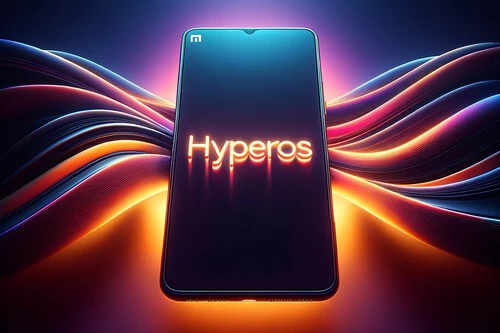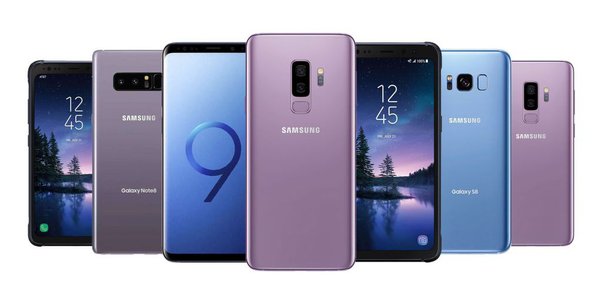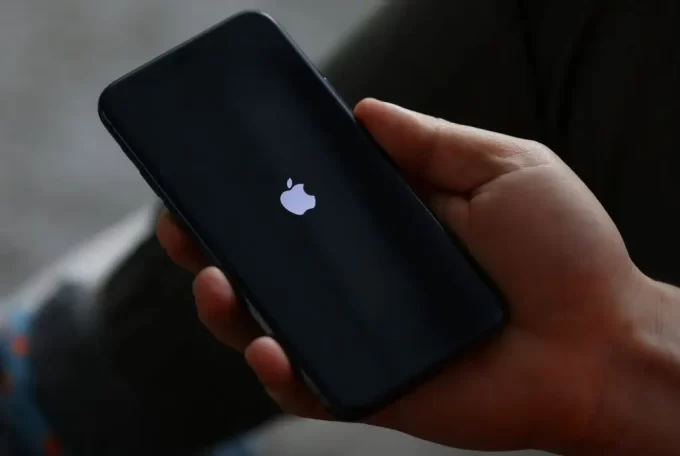Xiaomi Corporation has made a significant stride with the introduction of its unified operating system, HyperOS.
This comes at a time when Chinese tech giant Huawei Technologies is striving to liberate itself from Google’s Android.
Xiaomi’s HyperOS aims to bring together its mobile devices, cars, and internet-connected home products under one roof, providing a seamless and human-centric user experience.
A Human-Centric Operating System
HyperOS is a fusion of a highly customized Android system and Xiaomi’s proprietary Internet of Things (IoT) platform, Vela.
Launched three years ago, Vela supports a wide range of smart devices, including wristbands, smartwatches, speakers, home appliances, and sensors. With HyperOS, Xiaomi aims to centralize and simplify the management of its vast product portfolio.
Pre-Installed on Xiaomi 14 Series and More
Xiaomi has announced that HyperOS will come pre-installed on its latest flagship smartphone series, the Xiaomi 14. Additionally, the company plans to introduce HyperOS on devices launched in the mainland Chinese market, such as smartwatches and televisions.
This move signifies Xiaomi’s commitment to providing a seamless and integrated ecosystem for its users.
Huawei’s Bold Move with HarmonyOS Next
Xiaomi is not the only Chinese company venturing into the realm of developing a home-grown operating system. Huawei Technologies, a pioneer in this field, is preparing to launch the HarmonyOS Next system next year.
HarmonyOS aims to sever ties with the Android ecosystem and create an independent platform for Huawei devices.
The Journey of HarmonyOS
HarmonyOS was first introduced in August 2019, following Huawei’s inclusion in the US Department of Commerce’s Entity List. The trade restrictions prevented Huawei from accessing Google apps and services without approval from Washington.
Despite the challenges, Huawei has been persistent in expanding the use of HarmonyOS across its IoT and personal devices.
A Transition Period
To ensure a smooth transition for users, Huawei has allowed Android apps to run on HarmonyOS devices. This approach aims to mitigate the impact of the shift from Android to HarmonyOS.
However, Huawei’s ultimate goal is to establish HarmonyOS as a robust and self-sufficient operating system.
The Dominance of Android
As of September, Android held a staggering 70% share of the global mobile operating system market, according to StatCounter. In contrast, HarmonyOS had a negligible presence.
This highlights the immense challenge that Huawei faces in breaking the duopoly of Google and Apple.
Embracing the Future
Despite the obstacles, Huawei remains determined to forge ahead. Richard Yu Chengdong, CEO of Huawei’s consumer business, expressed his optimism during the launch event for HarmonyOS 4 in September.
He cited a famous line by ancient Chinese poet Li Bai, stating that HarmonyOS has overcome numerous obstacles and is now sailing smoothly.
Customized OS Offerings
While Xiaomi and Huawei pave their paths towards operating system independence, other Chinese smartphone manufacturers, such as Oppo and Vivo, continue to build their customized OS based on the open-source Android.
Oppo’s ColorOS and Vivo’s OriginOS provide unique user experiences while leveraging the flexibility and familiarity of the Android ecosystem.
Xiaomi’s HyperOS and Huawei’s HarmonyOS represent significant milestones in the quest for operating system independence.
These developments not only provide users with more options but also foster innovation and competition in the smartphone and gadget industry.
As the landscape continues to evolve, it will be fascinating to witness how these operating systems shape the future of technology.




